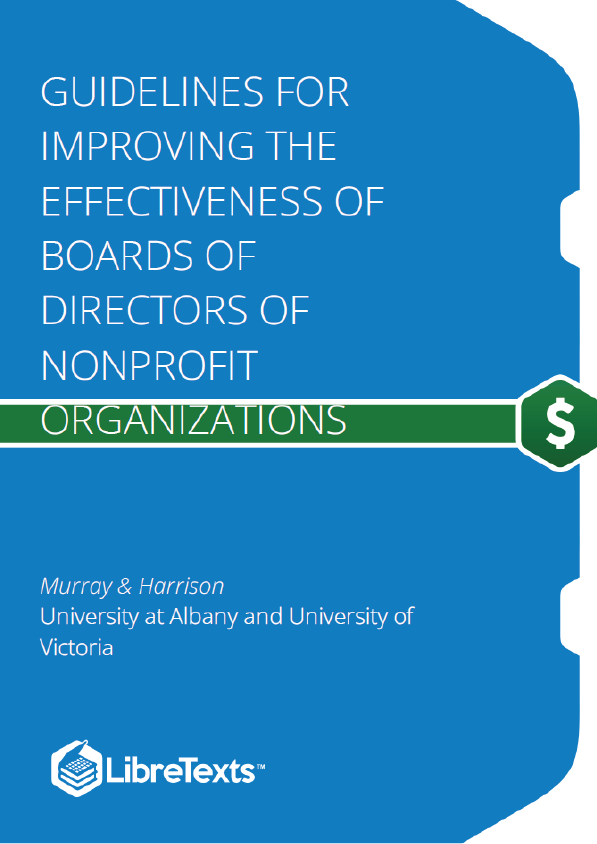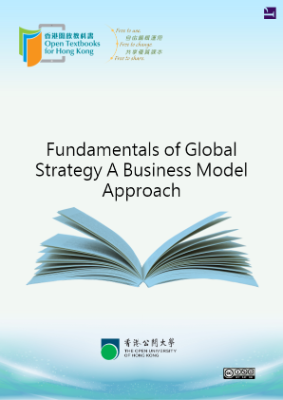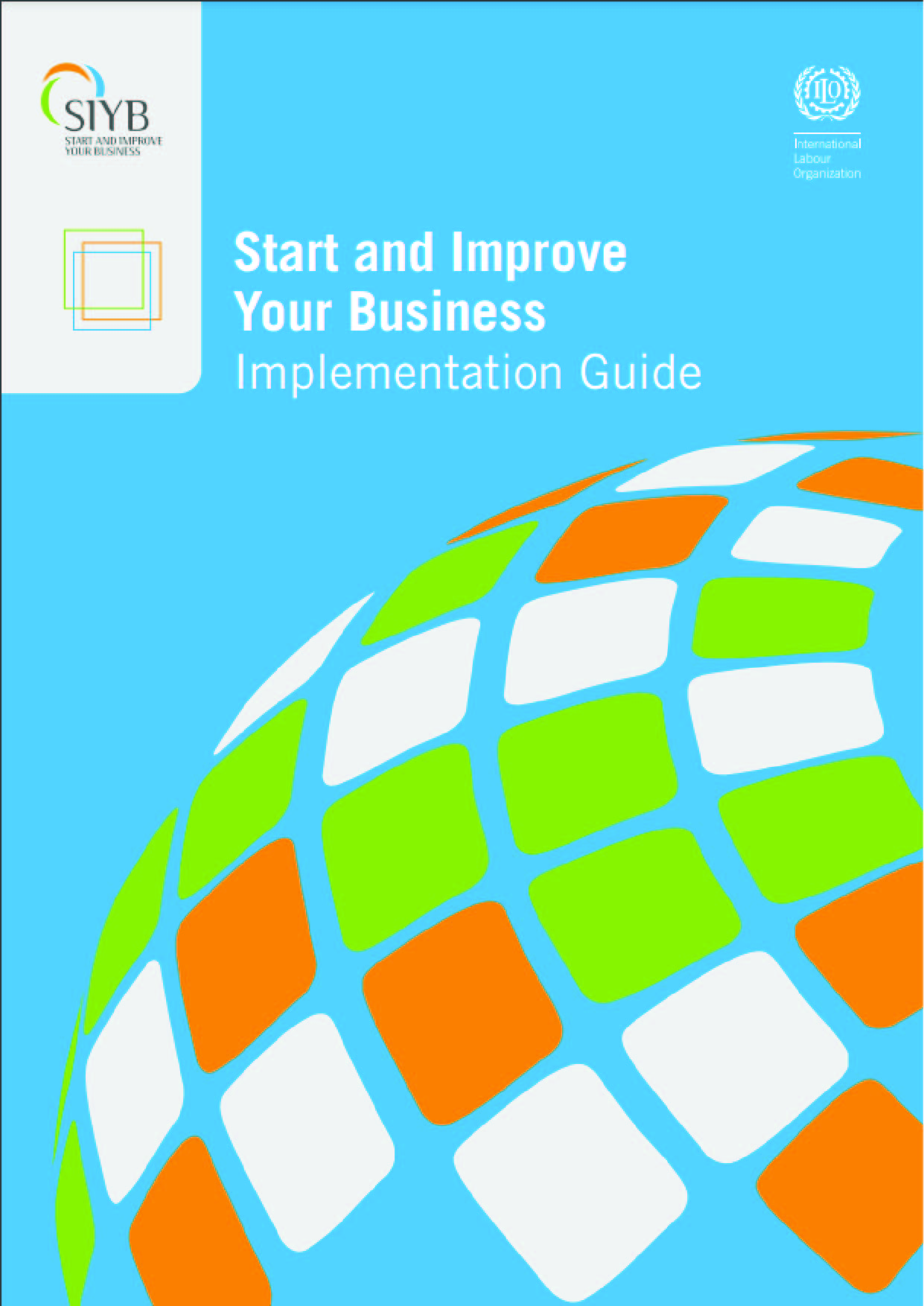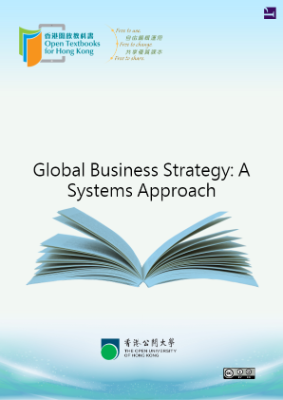The purpose of this book is to help boards of directors of nonprofit organizations improve their performance after completing the online board self-assessment tool found at www.boardcheckup.com. However, it can also be used as a stand-alone resource for any board seeking to enhance its effectiveness in that it contains the diagnostic questions on which the online tool is based.
The approach taken here is similar to that which lies behind health checkups for individuals. Doctors usually begin by asking us to review a lengthy list of possible health issues and we check those about which we have concerns. The doctor and patient then focus their discussions on these issues. The typical process proceeds through the following three stages:
- Understanding the symptoms. The doctor and patient begin by trying to define the issues more clearly.
- Diagnosis. Effort is made to understand the causes of the problems through tests and further examinations.
- Treatment. Once the problem has been properly diagnosed, a treatment program to remedy it is begun.
While the Board Check-Up survey on which this book is based does not claim to be as scientifically rigorous as a medical examination, it is based on the same logic. It begins by having those who belong to, or relate to, boards provide their perceptions of how well the board is working by guiding them through a list of potential “health issues,” i.e. statements of possible problems, issues, or challenges that boards might encounter in their work. These statements have been derived from comments made by those who serve on boards or interact with them as well as from the work of researchers and consultants who have studied boards over the past 30 years. The process reveals both the things that the respondents feel the board is doing well in addition to those that are seen as problematic. Once issues (symptoms) have been identified, they become the focal point for discussions that explore how serious they are, what might be causing them (diagnosis), and what can be done to resolve them (treatment).
The Theory Behind the Guidelines
The conceptual framework on which the Board Check-Up is based is shown in Figure 1 below. It shows that effectiveness challenges faced by boards can be grouped in two dimensions: (a) the board’s roles and responsibilities as a governing body; and (b) the factors that influence how well the board carries them out.
A. Effectiveness challenges related to the performance of the board’s roles and responsibilities in the governance process.
The clarity of the board’s role vis a vis management and other stakeholders in the organization’s environment;
- How well it carries out its duty to establish the organization’s mission and the broad guiding strategic plans, priorities and general policies within which the organization should operate;
- How clear and effective it is in carrying out its fiduciary role in assessing the performance of the organization and those to whom it delegates authority (e.g. the Chief Executive Officer) as well as its assessment of risks facing the organization.
- How well it contributes to ensuring that the organization has the financial resources it needs to operate and achieve its mission.
B. Effectiveness challenges related to the factors that influence the board’s ability to carry out its roles and responsibilities.
Aspects of the formal structure and operating procedures of the board such as its size, by-laws, job descriptions, committee structure, information systems, and administrative support; The effectiveness of board meetings; Various aspects of the makeup of the board’s membership and how well board members are oriented and trained;
- The role played by informal, shared attitudes and beliefs about how the board should behave, commonly known as the board’s “culture”;
- The influence of two key people who provide formal and informal leadership to the board—the board Chair and the organization’s top paid manager or CEO, if there is one.
- Figure 1 recognizes that, taken together, these nine effectiveness challenges influence the performance of the organization as a whole (e.g. advancement of the mission, financial condition, efficiency, ability to learn and grow, motivation of paid staff and volunteers, and the support provided by stakeholders in the external environment).











